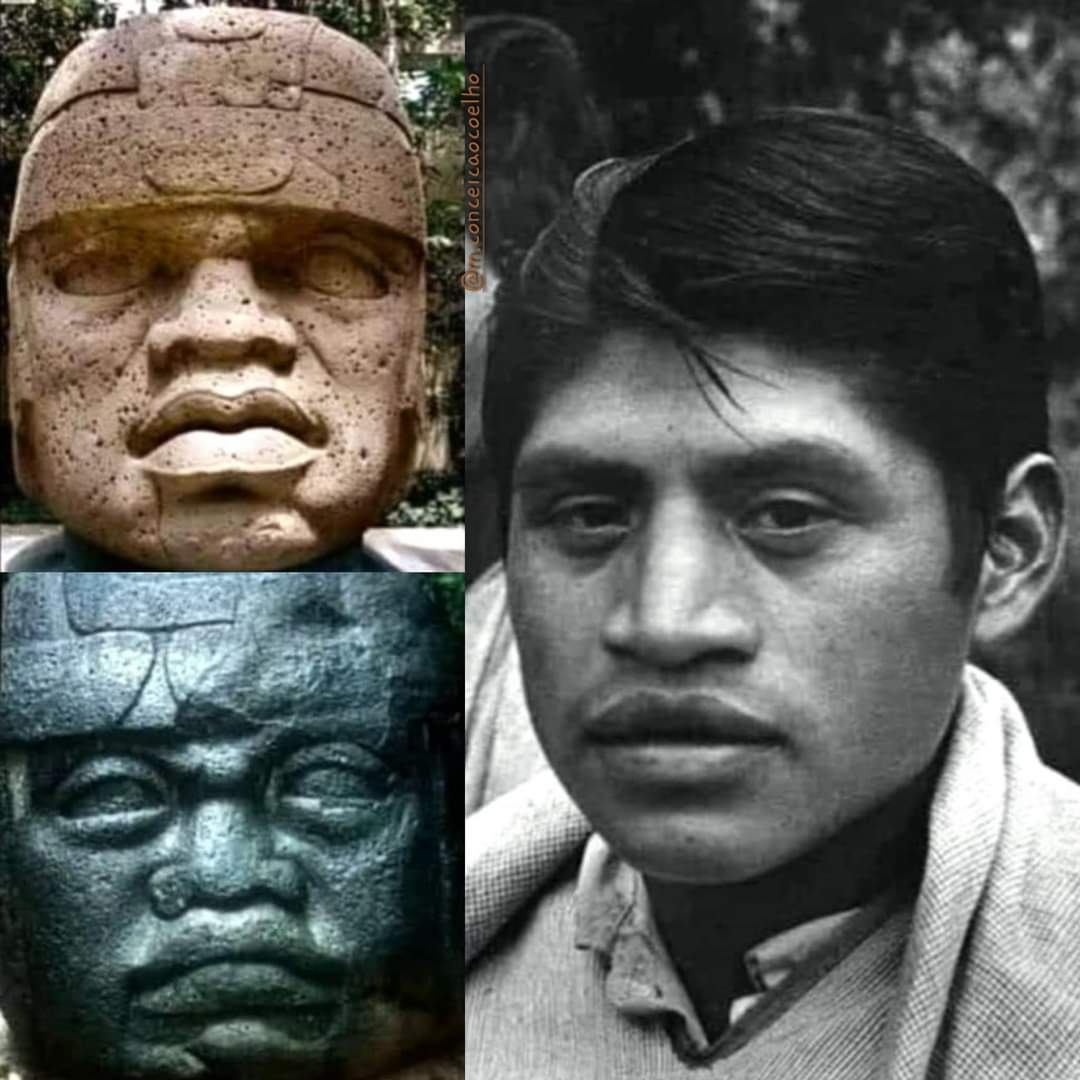History
26 readers
2 users here now
A community for discussing history
founded 5 months ago
MODERATORS
1
2
2
“If You Want to Hang Me, Here’s the Rope!” — Orthodox Bishop Unafraid of the Nazis Saved Thousands
(catalog.obitel-minsk.com)
3
4
5
6
8
Indian historians have documented as many as 40,000 temples that have been destroyed
(www.stabroeknews.com)
7
11
4,000-year-old skulls suggest ancient Egyptians tried to treat cancer with surgery
(www.thenationalnews.com)
8
9
10
4
When I was at school ...(Accounts of Homosexuality in 20th C. British Schools)
(www.theguardian.com)
11
12
13
14
15
16
17
18
19
1
Everything we know about the potential discovery of Amelia Earhart’s long-lost plane
(www.independent.co.uk)
20
21
22
23
24
25
view more: next ›



